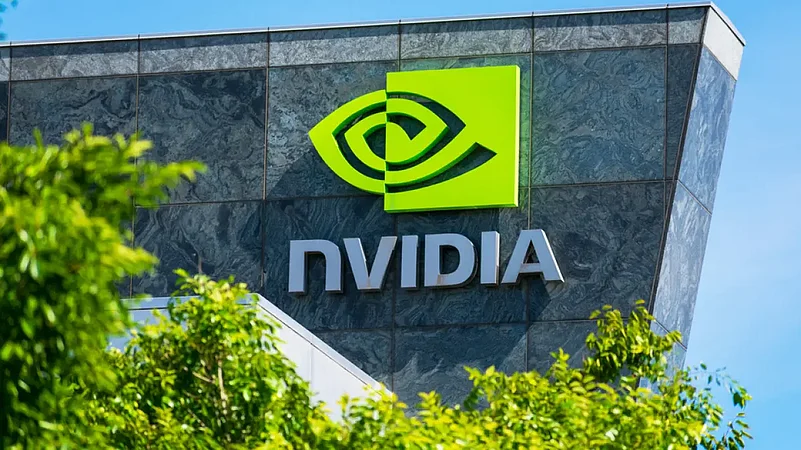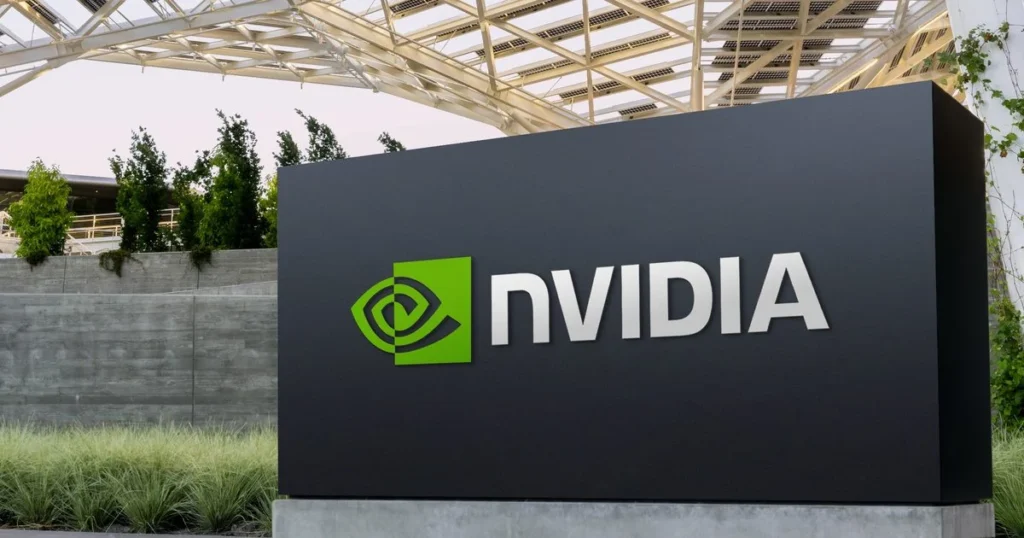Table of Contents
In a moment that feels pulled straight from science fiction, Nvidia has become the first publicly traded company to hit a $4 trillion market capitalization. Once known primarily for gaming graphics cards, Nvidia is now the undisputed king of AI infrastructure—cementing its place as one of the most valuable and transformative companies in history.
The stock surged as high as $164.42, before closing the day at $162.88, pushing the company’s value beyond the $4 trillion mark. To put that in perspective: that’s more than the GDP of India or Japan and higher than the combined value of all publicly listed companies in Canada, Mexico, and the UK.
This wasn’t just a stock market fluke—it’s the result of a deliberate, years-long bet on artificial intelligence that’s now paying off in historic fashion.
The AI Engine Behind the Trillion-Dollar Leap
So what exactly powered Nvidia’s meteoric rise? In one word: AI.
Nvidia’s GPUs (Graphics Processing Units) have become the core hardware that powers everything from ChatGPT-style language models to advanced robotics, autonomous vehicles, and massive enterprise data centers. When companies like OpenAI, Google, Meta, or Amazon train their most advanced AI systems, they’re doing it on Nvidia chips.
The company’s recent earnings showed no signs of slowing. Revenue for Q1 2025 came in at $44.1 billion, a staggering 69% year-over-year growth, with Q2 projections at $45 billion. Even in a volatile market, Nvidia’s financials are proving as solid as its silicon.

From Gaming to Global Superpower
Founded in 1993 to revolutionize computer graphics, Nvidia spent its early years battling for gaming dominance. Fast forward to 2025, and its chips are now as essential to artificial intelligence as Intel’s were to personal computing in the ‘90s.
The transition didn’t happen overnight. Nvidia began pivoting toward AI in the early 2010s, and by 2020, it was already outpacing traditional chipmakers in innovation. Its CUDA software platform gave it an early lead in AI training, and by 2023, it was clear: Nvidia wasn’t just a tech stock. It was the tech stock.
Also Read: Beyond ChatGPT: Exploring the Next Wave of AI Language Models in 2025
Nvidia vs. the Giants
Just last year, Apple held the crown with a peak market cap of $3.915 trillion, while Microsoft was not far behind at $3.7 trillion. Nvidia has now leapfrogged both.
It currently represents 7.3% of the entire S&P 500—the largest weight ever assigned to a single stock in the index. This level of dominance hasn’t been seen since Apple’s iPhone boom, but Nvidia’s rise feels even more systemic: it’s not just about selling products, it’s about powering the future of computing itself.
How Big Is $4 Trillion, Really?
Let’s break it down:
- You could buy every NBA, NFL, Premier League, and F1 team several times over.
- It’s more than the GDP of most countries.
- It’s equal to the combined valuation of 216 of the lowest-valued S&P 500 companies.
Nvidia now stands alone in a category that didn’t even exist a decade ago.
A Word of Caution
Of course, not everything is bullish forever.
Nvidia currently trades at about 32x forward earnings—rich, though not outrageous for a company with this kind of growth. Analysts warn that U.S. export restrictions to China could limit future sales, especially as Washington tightens its grip on AI chip exports.
Others point to AI hype fatigue. Is the market getting ahead of itself? Possibly. But few doubt that Nvidia’s tech will remain central to AI’s next chapters.
What Comes Next?
Some analysts, including Dan Ives of Wedbush, predict Nvidia could hit $5 trillion within 18 months, citing ongoing demand from autonomous vehicles, smart factories, healthcare AI, and edge computing.
But with great size comes scrutiny. Regulators and competitors alike will be watching closely. So will investors, with support levels at $130 and $97 being key technical points.
What This Means for You
If you hold an index fund tied to the S&P 500, chances are Nvidia is now your biggest holding. Its success—or stumble—will ripple across mutual funds, retirement accounts, and ETFs.
But more broadly, Nvidia’s story is a reflection of how AI is shaping the global economy. What started as a gaming chip company is now the nerve center of tomorrow’s technology—making its journey not just about financials, but about the future itself.
Final Word
The $4 trillion milestone is more than just a financial record. It’s a symbol. Nvidia has become the architect of the AI age, and for now, the markets agree.
As the world leans harder into automation, intelligence, and digital infrastructure, Nvidia isn’t just participating—it’s leading. And judging by this week’s numbers, it may only be getting started.









